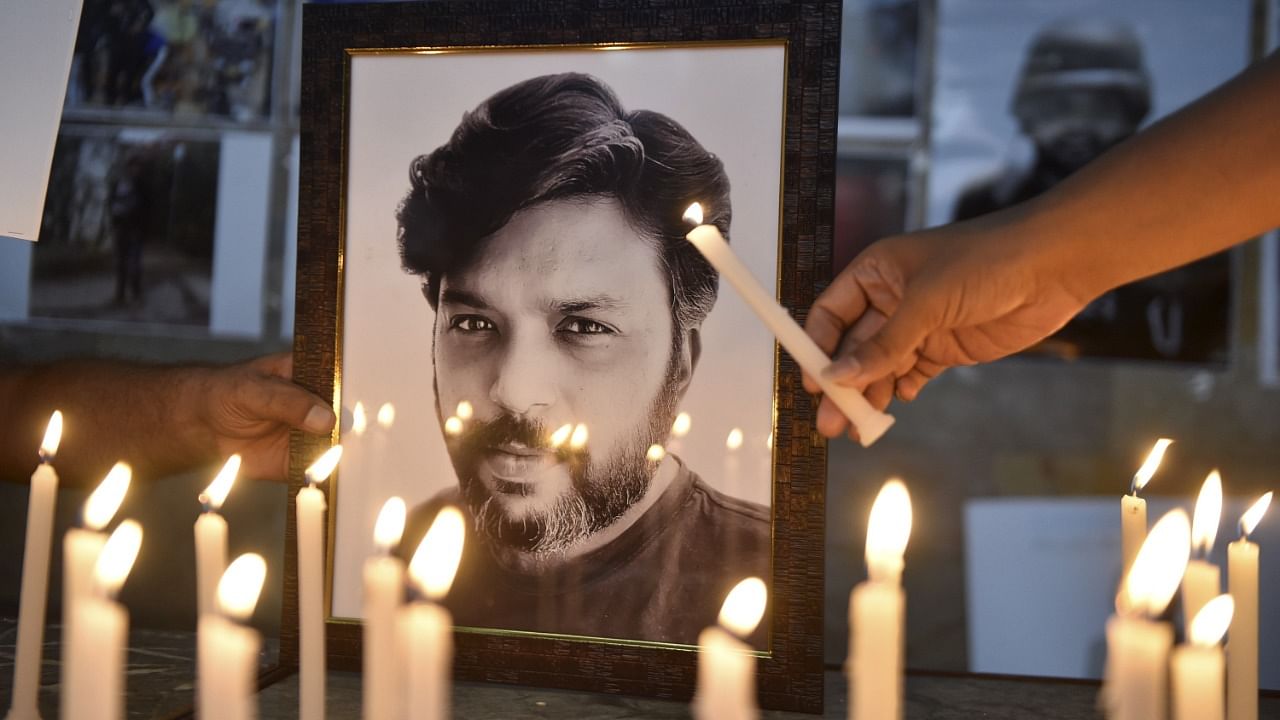
The Swiss photographer and filmmaker Robert Frank once said, “there is one thing the photograph must contain, the humanity of the moment.” That quote, to me, sums up Danish Siddiqui’s work.
The only thing common between Danish and myself is that we both worked for Reuters, he in India and I in the UAE. We were colleagues but not friends, not even on Facebook. Yet, in the last decade, I knew his work more than him. His captivating photographs gripped me, telling me more than words could say.
I first took note of Danish’s work when he was in our neck of the woods a few years ago, covering the fighting in the Iraqi city of Mosul. His dramatic action shots that accompanied the stories blew me away. All through his coverage of the Mosul fighting, we, in office, spoke about Danish’s photographs.
Since then I eagerly looked out for his photographs. His coverage of the Rohingya crisis was outstanding, the pictures so poignant and telling that one didn’t need to read the text.
I still vividly remember a picture of an exhausted Rohingya refugee woman touching the shore after crossing the Bangladesh-Myanmar border by boat.
Seeing the pictures, a colleague in our office yelled, “Man, these are award-winning pictures.” Rightly enough, Danish won the prestigious Pulitzer Prize for his coverage. How delighted and proud were we. I screen topped him with a congratulatory message on our work system which he acknowledged a day later.
My admiration for Danish continued to grow as I drank in his stunningly eloquent pictures when he covered Kashmir after India revoked Article 370, followed by the anti-Muslim violence in Delhi. But what has remained evergreen in my memory are his searing yet extraordinary photographs of Covid-19 in India over the last year.
When I heard he was killed in a crossfire covering the war in the Afghanistan city of Kandahar, my heart sank. An extremely gifted, self-taught photographer snatched away. How cruel can life get. Even two days before he fell to those bullets, he had tweeted pictures of live exchange of fire between the special forces and the Taliban. Perhaps, those were his last pictures.
I couldn’t help wondering if Danish ever thought that the Afghanistan assignment would be his last. As one who has covered wars, riots, conflicts, violence and human suffering, the intrepid photo-journalist he was, I would like to think not.
Danish once said that what he enjoys most is capturing the human face of a breaking story. Indeed, it was this human angle that he gave to his work that made his photographs so uniquely brilliant and compelling; photos that have touched and continue to move thousands across the world. That is enough of a legacy to leave behind in one’s short lifetime of 38 years.